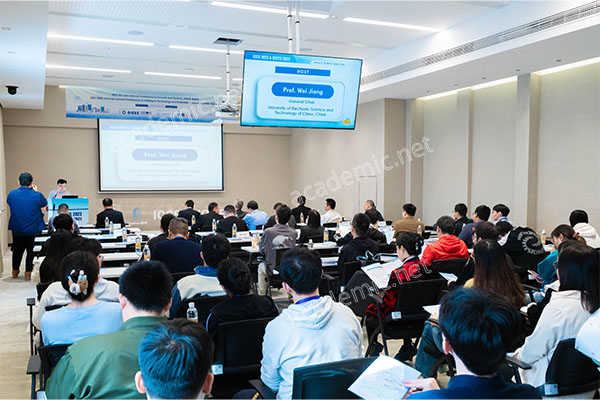Best Strategies for Editing and Proofreading Research Papers
Editing and proofreading research papers is a critical step to ensure the quality, persuasiveness, and clarity of your paper. Here are some best strategies to help you complete this process efficiently:

-Content review: First focus on the structure of the paper, the coherence of the argument, the accuracy of the data, and the completeness of the argument. Make sure that each part is closely related and supports the central argument.
-Language editing: After the content review is correct, the language is carefully edited, including grammar, spelling, punctuation, and academic style.
-Proofreading: The final stage focuses on catching any missed typos, missing punctuation, and inconsistencies in formatting.
2. Use technical tools
Using the spelling and grammar checking functions of text processing software (such as Microsoft Word) and professional editing software (such as Grammarly or Scribbr) can help initially identify and correct errors.
3. Print it out for review
Sometimes, it is easier to find errors in a paper document than reading it on a screen. Print out a draft of the paper and mark the places that need to be revised with a pen.
4. Temporarily put it aside
After completing the first draft, give yourself a period of time (at least a few days) so that you can read the paper again with a new perspective. This will help you find problems and deficiencies more objectively.
5. Read aloud
By reading your paper aloud, you may find problems that are not easy to detect when reading silently, such as unnatural expressions, overly long sentences, etc.
6. Focus on one type of error
Focus on only one type of error each time you read, for example, check spelling only once, check grammar the next time, then check punctuation, and so on. This will allow you to find errors more systematically and comprehensively.
7. Ask for feedback
Invite mentors, peers, or professional editors to provide feedback. A third party can provide you with new perspectives and valuable suggestions.
8. Pay attention to details
Carefully check whether the format and citation specifications of the paper meet the requirements of the journal or school regulations, including reference format, figure annotations, page number layout, etc.
9. Make a checklist
Make a checklist of common error types and make sure to check each item before final submission.
By adopting the above strategies, you can improve the efficiency of editing and proofreading, thereby greatly improving the quality of your paper. Remember, high-quality editing and proofreading are the key to the success of your paper, and the time and effort invested is definitely worth it.
